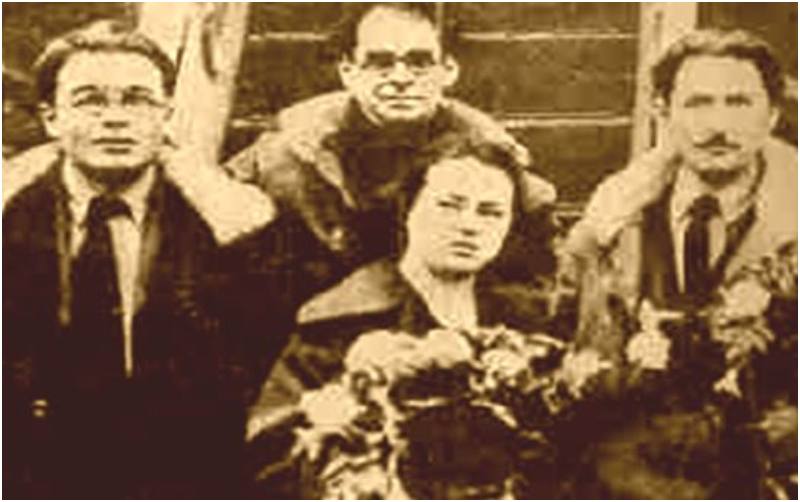The Case and Background
In 1919, Abrams v. United States emerged as a seminal case on free speech, exploring the extent of government authority to limit dissent during wartime.
Amidst World War I, five Russian immigrants in New York, including Jacob Abrams, were arrested under the 1917 Espionage Act.
The group, anti-war activists who opposed U.S. involvement in the conflict, had printed and distributed 5,000 leaflets that criticized America’s military role and its potential intervention in Russia.
Their materials advocated a general strike and, controversially, encouraged a “call to arms” against U.S. interventionist policies, a stance perceived as inflammatory and potentially subversive.
Under the Espionage Act, the activists were charged with inciting resistance to the war effort and undermining military recruitment.
Each defendant received a prison sentence of up to 20 years, and they appealed to the Supreme Court, challenging the constitutionality of the Espionage Act on First Amendment grounds.
They argued that the Act’s restrictions on speech violated their freedom to express dissenting views about the government and its wartime policies.
Supreme Court Decision
In a 7-2 decision, the Supreme Court upheld the activists’ convictions and affirmed the Espionage Act’s validity. Writing for the majority, Justice John Hessin Clarke argued that the First Amendment does not protect speech that poses a clear and present danger to the country’s security.
The Court ruled that the activists’ leaflets, with their “disloyal” language toward the U.S. government and call for armed resistance, exceeded the boundaries of protected speech. The majority concluded that speech encouraging anti-government sentiment in a time of war could be curtailed to protect national security interests.
Justice Holmes’ Dissenting Opinion and the “Clear and Present Danger” Test
Although the majority opinion strengthened government authority to limit speech, Justice Oliver Wendell Holmes’ dissent became one of the most influential aspects of the case.
Holmes argued that the government should regulate speech only when it presents a direct and immediate threat to the nation.
He famously advocated for a “clear and present danger” test, contending that speech should be suppressed only if it poses a “clear and present danger” that is both imminent and likely to bring about substantive harm.
Holmes’ reasoning laid the groundwork for future free speech jurisprudence, where a higher threshold for government interference in speech became a point of discussion in subsequent cases.

